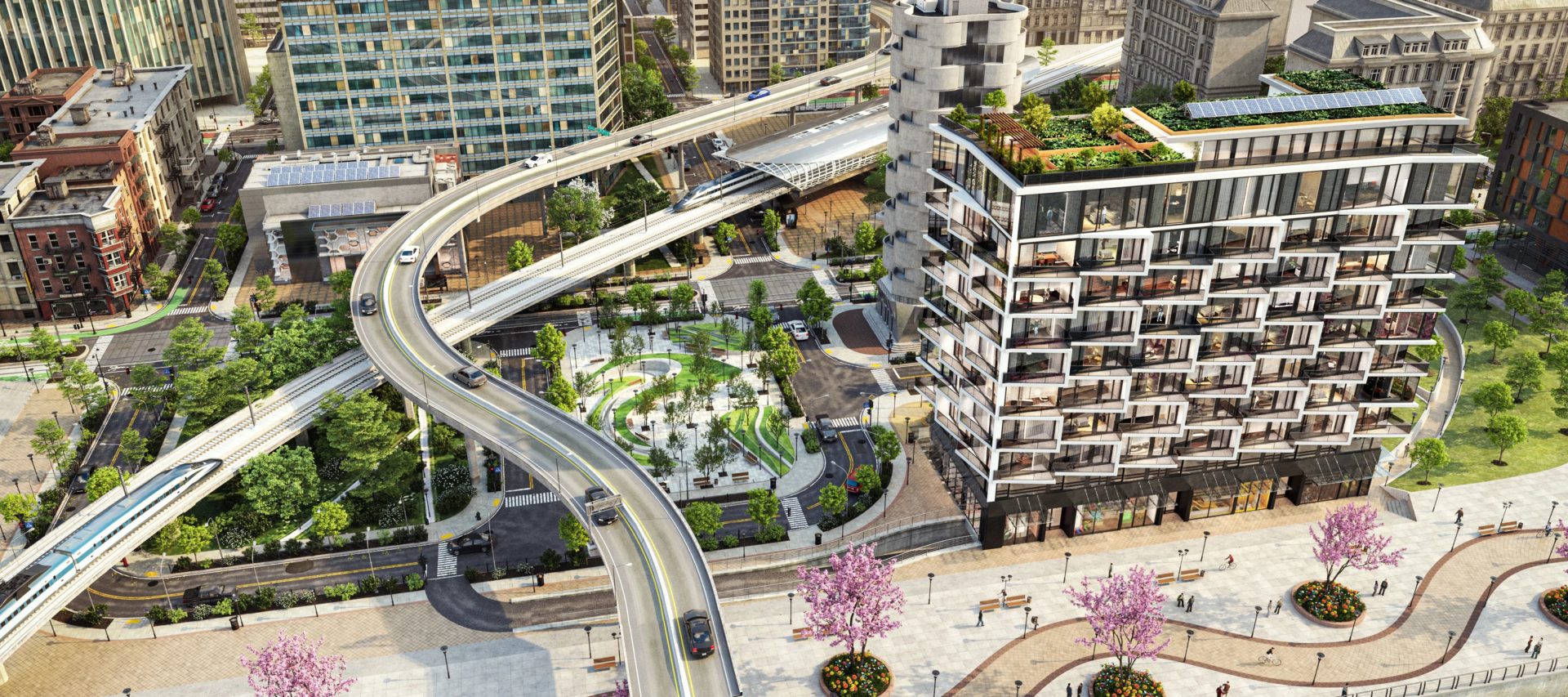Singapore takes the lead as the only country in APAC to achieve two out of the five United Nations Sustainable Development Goals, according to latest research report by Autodesk

SINGAPORE, November 24, 2021 – Autodesk, Inc. (NASDAQ: ADSK) today launches its newest research report in collaboration with Frost & Sullivan, Enabling a Sustainable Future through Digitalisation: Trends driving the Design & Manufacturing and Architecture, Engineering and Construction Industries in APAC. The report surveys companies across architecture, engineering, construction, design and manufacturing (AEC and D&M) industries to determine current factors driving sustainability across APAC.
Out of the nine countries surveyed, Singapore leads as the only country that has achieved two out of the five United Nations Sustainable Development Goals (SDGs) that are impacted by the AEC and D&M sectors. The SDGs achieved were ‘Affordable and Clean Energy’ and ‘Industry, Innovation and Infrastructure’. Singapore is also close to achieving a third SDG, ‘Sustainable Cities and Communities’.
These results are a testament to the nation’s sustainability efforts to ramp up capabilities in these sectors. Trailing behind the city-state are India, Japan, New Zealand, and the Philippines, which have each achieved one of the five SDGs.
Singapore leads the charge for sustainable development in construction and manufacturing
The massive impact on climate change, driven by the increasing consumption of energy and materials, is accelerating the demand for sustainability across the AEC and D&M sectors. APAC now contributes 53% of global greenhouse gas (GHG) emissions, with manufacturing and construction industries accounting for 17% of total emissions.
Singapore is no exception to this trend, contributing around 0.1% to global carbon emissions and ranking 27 out of 142 countries in terms of emissions per capita, higher than Malaysia, India, and the Philippines. Buildings alone account for more than 20% of the nation’s carbon emissions.
Despite its small land size, Singapore has made a concerted push in driving sustainable impact across construction and manufacturing. For instance, the Resource Efficiency Grant for Energy aims to support manufacturing facilities and data centres to be more energy efficient. Additionally, initiatives were established to have green buildings make up 80% of Singapore’s building stock by 2030. These efforts are also accompanied by low-carbon research and innovation to catalyse progress.
“As a dense, urban nation, Singapore has had to overcome great odds to emerge as a front-runner in achieving these three SDGs. A combination of policy and capacity-building initiatives has enabled its AEC and D&M sectors to make substantial headways towards a net-zero future, without compromising economic and business growth. Singapore’s efforts can serve as an example for APAC countries struggling to suppress the increase of GHG emissions driven by high economic growth,” said Haresh Khoobchandani, Vice President, APAC, Autodesk.
Digital adoption is a critical enabler for sustainability
Compliance to standards related to energy consumption and emissions reductions requires increased monitoring, measuring, reporting and verification – which data can provide.
According to Khoobchandani, efficient and structured data management is important to achieving sustainability goals. “Digital technologies are providing a bridge to approach sustainability challenges in a new way. Key environmental issues such as climate change, resource depletion, and environmental protection are being addressed through digital solutions, paving the way for the design and make of safer, healthier and more resilient products and places.”
Advanced technologies such as building information modelling (BIM), generative design, and digital twin can boost predictive capabilities, optimise resources, save costs, and improve efficiency. These tools have created buildings that are more sustainable, perform better, and ultimately last longer. Digital tools can also help to ensure sustainability standards and optimisations are met, such as those outlined in the Singapore Building and Construction Authority Green Mark standard.
Ravi Krishnaswamy, Senior Vice President, Energy & Environment; Industrial of APAC at Frost & Sullivan, added, “With increasing focus on adopting sustainable development goals and gaining a competitive advantage, digital technologies are driving the convergence necessary for achieving a balanced growth between business and environment. Digitalisation has emerged as one of the top strategy agendas for many corporations worldwide.
“Companies are increasingly adopting digital solutions for compliance related data measurement and reporting, easy collaboration with supply-chain partners, data on low-carbon materials, and machine-learning and artificial-intelligence capabilities for improving their sustainability quotient.”
Although Singapore is ahead in terms of SDGs within the AEC and D&M realms, the city-state has some distance to go before achieving true net-zero. Action must now be taken to embrace digitalisation as an enabling pillar and increase the commitment towards sustainability, contributing to the global cause while upholding often divergent stakeholder interests. To learn more about Autodesk’s commitment to sustainability, visit www.autodesk.com/impactreport.

(0)